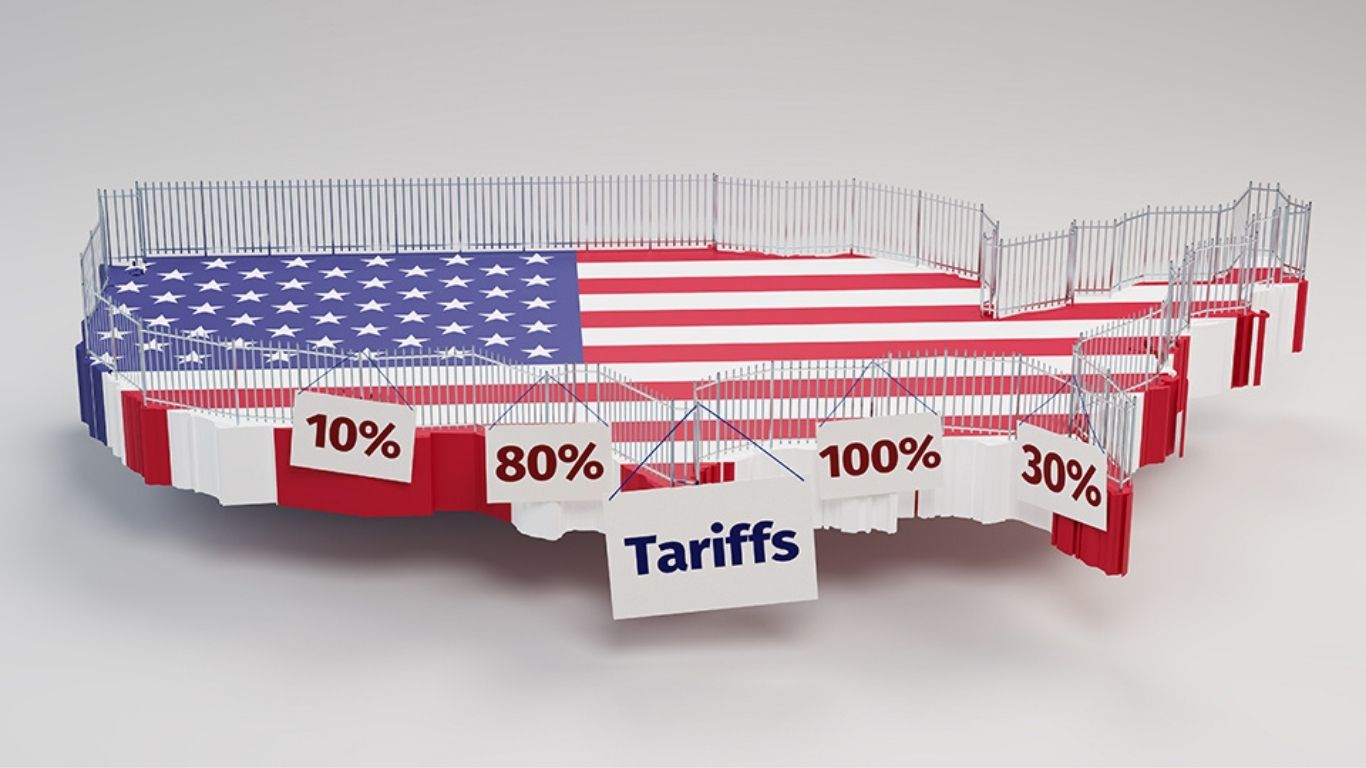In a surprising turn of events, Dollar Tree has decided to part ways with Family Dollar, selling the discount chain for a mere $1 billion—a stark contrast to the $9 billion it shelled out to acquire it back in 2015. This move marks the end of a turbulent merger that failed to deliver on its promises, leaving Dollar Tree eager to refocus its efforts and unlock value for its shareholders.
A Strategic Exit: Family Dollar Finds New Owners
Pending regulatory approval expected next quarter, Family Dollar will soon fall into the hands of private equity firms Brigade Capital Management and Macellum Capital Management. With approximately 8,000 stores across the U.S., Family Dollar has long served low-income urban customers, offering products priced between $1 and $10. However, the chain has faced mounting challenges, prompting Dollar Tree to cut its losses.
“Dollar Tree’s leadership and Board of Directors conducted an exhaustive review of options and concluded that selling Family Dollar to Brigade and Macellum is the best way to maximize shareholder value while setting Family Dollar up for a stronger future,” the company announced in a statement.
Why the Merger Failed: A Tale of Missteps and Miscalculations
A Mismatched Pair
When Dollar Tree acquired Family Dollar, the goal was clear: bolster its position against retail giants like Walmart and Dollar General. The plan was to expand its customer reach, slash operating costs, and create a formidable duo in the discount retail space. But the reality was far messier. Analysts have pointed out that the two chains were a poor match from the start, with Dollar Tree struggling to manage Family Dollar’s sprawling network of stores.
Operational Nightmares
Family Dollar’s stores were in worse shape than anticipated, plagued by cluttered aisles, outdated facilities, and over-expansion. Efforts to boost sales—like introducing beer—flopped, and many locations were so close to one another that they ended up competing against themselves. Add to that a $41.6 million fine from the Justice Department last year for storing products in a rat-infested warehouse, and it’s clear the chain was a liability Dollar Tree could no longer afford.
A Sinking Ship
The troubles didn’t stop there. Inflation has hit Family Dollar hard, driving up costs while squeezing its budget-conscious customers. Last year, the chain announced plans to shutter over 900 stores, a sign of just how deep its struggles ran. Even renovations to thousands of locations couldn’t turn the tide, with analysts noting that many stores remain poorly maintained.
The Bigger Picture: Dollar Stores Under Pressure
Industry-Wide Struggles
Family Dollar isn’t alone in its woes—the entire dollar store sector is feeling the heat. Rivals like Dollar General and Dollar Tree itself have seen sales falter as low-income shoppers, battered by inflation, cut back on spending. Last year, 99 Cents Only filed for bankruptcy, underscoring the fragility of the discount retail model. UBS analyst Michael Lasser warned, “The dollar store sector is grappling with existential uncertainties.”
Customers in Crisis
Dollar General CEO Todd Vasos recently painted a grim picture on an earnings call: “Our customers are telling us their financial situation has deteriorated over the past year due to persistent inflation. Many are barely scraping by, forced to sacrifice even basic necessities.” This sentiment echoes across the industry as low-income Americans face worsening economic conditions.
Tariffs: The Next Big Threat
Adding fuel to the fire, President Donald Trump’s tariffs on imported goods could spell more trouble for dollar stores. Dollar Tree, which relies on imports for about 40% of its sales, has warned that tariffs might force it to tweak product sizes, discontinue items, or—most likely—raise prices. In 2021, the chain already bumped its base price from $1 to $1.25 after three decades, and now offers items up to $7. With tariffs looming, further hikes could be on the horizon, aligning Dollar Tree with retailers like Walmart and Best Buy, which have also signaled price increases.
What’s Next for Dollar Tree and Family Dollar?
For Dollar Tree, offloading Family Dollar is a chance to shed a burdensome asset and refocus on its core business. Meanwhile, Brigade and Macellum will inherit a chain with potential—if they can address its deep-rooted issues. As the discount retail landscape continues to shift, all eyes will be on how these players adapt to an increasingly challenging market.
In the end, Dollar Tree’s $1 billion sale of Family Dollar closes the chapter on a merger that promised much but delivered little, proving that even in the world of discount retail, not every deal is a bargain.




